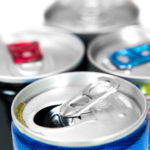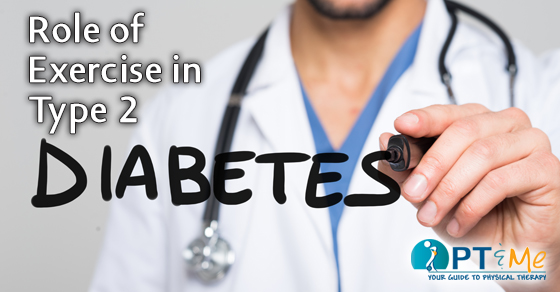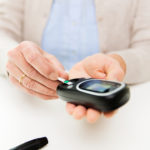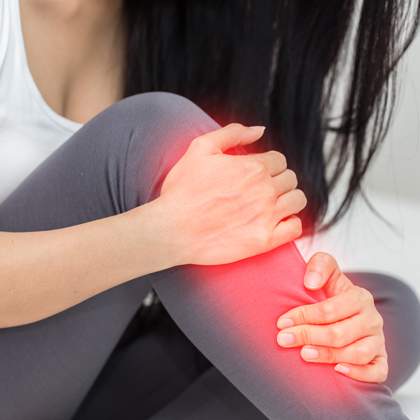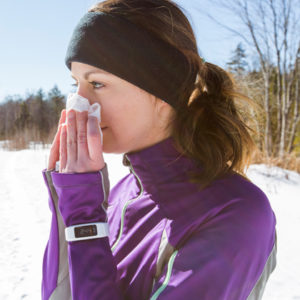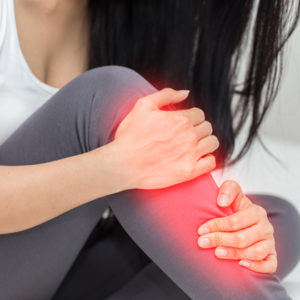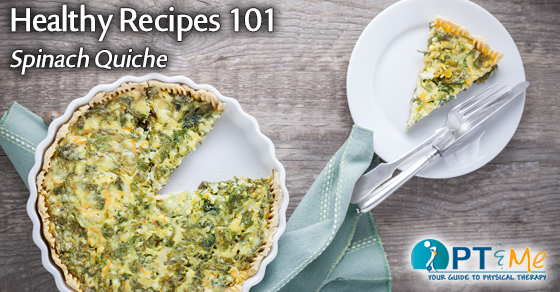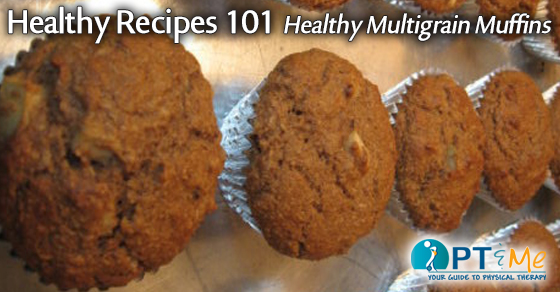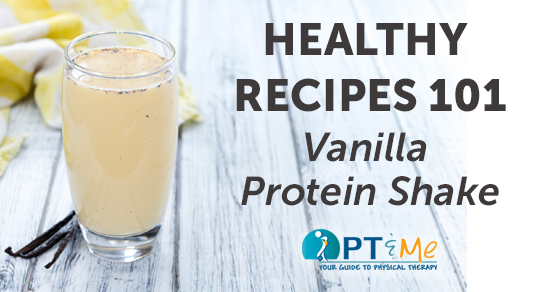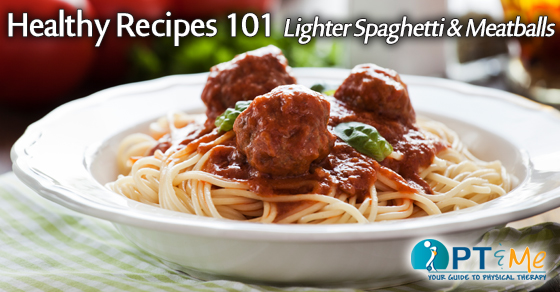
The prevalence of obesity has increased steadily in Western cultures over the past century, particularly during the last several decades. In fact, most health professionals agree that we are in the midst of an obesity epidemic in the United States.
Being overweight is closely linked to many very serious health conditions. It is a significant risk factor for coronary artery disease (CAD), stroke, high blood pressure, high cholesterol, high triglycerides, low levels of HDL (high-density lipoprotein—the “good” cholesterol), and type 2 diabetes. Fortunately, even modest reductions in weight can help reduce the risk or improve these conditions. Plus, practicing the behavioral changes of a healthier diet and regular exercise may actually reduce these risk factors whether weight loss occurs or not.
Energy Balance: The Simple Principle of Weight Loss
Scientists often explain weight loss quite simply in terms of the energy balance equation: energy in versus energy out. To lose weight, you must consume fewer calories than you burn or, in reverse, you must burn more calories than you consume.
This is, of course, easier said than done. But no matter what weight loss methods you may employ—diet, exercise, medications, supplements, surgery, therapy, group support—the principle of energy balance is unavoidable. In fact, experts from both traditional and nontraditional disciplines agree that to achieve and maintain weight loss you must make changes in your diet and activity level to favorably affect the balance of the energy equation.
Using Strategies to Get Started
Getting started is often the most difficult part of losing weight. Any changes you make in your eating and exercising behaviors must become habitual, which takes time. In addition, carrying extra weight, no matter how much, can affect how you feel about yourself psychologically, sometimes making it more difficult to take the necessary steps to begin to change.
The following 5 strategies are crucial to successful weight loss and can help to overcome some of these barriers:
• Set and commit to realistic goals and monitor your progress toward achieving these goals
• Slowly modify your eating and exercise behaviors, as well as habits influencing both
• Examine and restructure unrealistic, negative thoughts, or expectations
• Reduce stress
• Develop a network of social support and information

Looking at Weight Loss Aids
There is a great deal of interest in whether prescription medications or supplements can facilitate weight loss. Some medications suppress appetite by interfering with brain chemicals that affect mood and appetite. Others reduce fat absorption from the gut. Here are examples of medications that may be recommended for weight loss:
• Diethylpropion
• Lorcaserin
• Orlistat
• Phendimetrazine
• Phentermine—can be taken alone or in combination with another medication
Some studies have supported the use of these medications when combined with lifestyle changes. For example, as part of a review of weight loss drugs, researchers analyzed 15 trials involving almost 10,000 people who were either taking orlistat or placebo. Compared to the placebo group, those taking orlistat had a higher chance of achieving a 5% or 10% weight loss. These types of medications, though, are usually prescribed only for people who are severely obese when other methods of weight loss have not worked. Accordingly, these medications are not without side effects or potential adverse events and should only be used with careful monitoring by your doctor.
The same goes for dietary supplements. Supplements do not undergo the same rigorous approval process as drugs. That being said, certain supplements may provide weight loss benefits since they may contain similar mechanisms of action as drugs. Along the same line, some of the same risks and side effects may be present, as well, which is why you should talk to your doctor before taking any over-the-counter weight loss products.
Also, be sure you know what is in diet medications and supplements. Some medications and supplements that were used in the past have been pulled from the market as it was found that the dangers of taking them were higher than the benefits. Whenever you are considering taking a diet supplement, know exactly what is in the product and share this information with your doctor.
The question is: when should you consider taking these weight loss aids? While it depends on your overall health and medical history, the best approach may be a conservative one. For example, adopt lifestyle changes for 6-12 months before trying a drug or supplement. Your doctor can give you guidance as to which weight loss options you should try first.
by Jackie Hart, MD
RESOURCES:
National Heart, Lung, and Blood Institute
https://www.nhlbi.nih.gov
National Institute of Diabetes and Digestive and Kidney Diseases
http://www.niddk.nih.gov
CANADIAN RESOURCES:
Dietitians of Canada
http://www.dietitians.ca
Health Canada
http://www.hc-sc.gc.ca
REFERENCES:
Choosing a safe and successful weight-loss program. National Institute of Diabetes and Digestive and Kidney Disorders. Available at: http://www.niddk.nih.gov/health-information/health-topics/weight-control/choosing-safe-successful-weight-loss-program/Pages/choosing-safe-successful-weight-loss-program.aspx. Updated December 2012. Accessed January 14, 2016.
Diets for weight loss. EBSCO DynaMed website. Available at: http://www.ebscohost.com/dynamed. Updated December 21, 2015. Accessed January 14, 2016.
Obesity in adults. EBSCO DynaMed website. Available at: http://www.ebscohost.com/dynamed. Updated December 21, 2015. Accessed January 14, 2016.
Rucker D, Padwal R, Li SK, Curioni C, Lau DC. Long term pharmacotherapy for obesity and overweight: updated meta-analysis. BMJ. 2007;335(7631):1194-1199.
Weight loss medications for obesity in adults. Available at: http://www.ebscohost.com/dynamed. Updated October 7, 2015. Accessed January 14, 2016.
7/6/2009 DynaMed’s Systematic Literature Surveillance http://www.ebscohost.com/dynamed: Seo DC, Sa J. A meta-analysis of psycho-behavioral obesity interventions among US multiethnic and minority adults. Prev Med. 2008;47(6):573-582.
10/15/2010 DynaMed’s Systematic Literature Surveillance http://www.ebscohost.com/dynamed: US Food and Drug Administration. Meridia (sibutramine): market withdrawal due to risk of serious cardiovascular events. US Food and Drug Administration website. Available at: http://www.fda.gov/Safety/MedWatch/SafetyInformation/SafetyAlertsforHumanMedicalProducts/ucm228830.htm. Updated Sepember 9, 2013. Accessed January 14, 2016.
Last reviewed July 2016 by Michael Woods, MD Last Updated: 1/14/2016
EBSCO Information Services is fully accredited by URAC. URAC is an independent, nonprofit health care accrediting organization dedicated to promoting health care quality through accreditation, certification and commendation.

